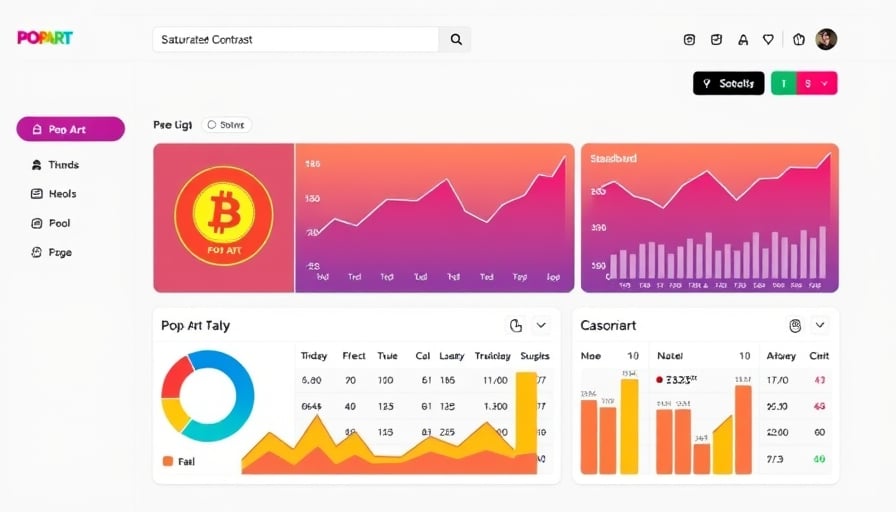The Euro/New Zealand Dollar (EUR/NZD) exchange rate has been a focal point for traders and analysts alike, reflecting broader economic trends and investor sentiment. As of November 13, 2025, the EUR/NZD closed at 2.05797, a figure that, while seemingly modest, encapsulates a narrative of volatility and strategic maneuvering within the forex market. This rate, juxtaposed against the 52-week high of 2.06386 on November 6, 2025, and the 52-week low of 1.77492 on November 21, 2024, offers a compelling glimpse into the dynamics at play.
The recent closing price of 2.05797, while not reaching the 52-week peak, signifies a resilience in the Euro against the New Zealand Dollar. This resilience is not merely a testament to the Euro’s strength but also highlights the underlying economic factors influencing the New Zealand Dollar. The proximity of the current rate to the 52-week high suggests a bullish sentiment towards the Euro, potentially driven by robust economic indicators within the Eurozone or a relative weakening of the New Zealand economy.
Conversely, the 52-week low of 1.77492, observed on November 21, 2024, marks a period of significant depreciation of the Euro against the New Zealand Dollar. This trough in the exchange rate could be attributed to a confluence of factors, including but not limited to, economic downturns within the Eurozone, geopolitical tensions, or a surge in commodity prices benefiting the New Zealand economy, given its status as a major exporter.
The fluctuations between these two extremes over the course of a year underscore the volatility inherent in the forex market, particularly for the EUR/NZD pair. Such volatility is not merely a reflection of economic fundamentals but also of investor sentiment, geopolitical developments, and market speculation. The movement towards the 52-week high, albeit slight, could be interpreted as a sign of growing confidence in the Eurozone’s economic prospects or a reassessment of the New Zealand Dollar’s valuation.
In analyzing the EUR/NZD exchange rate, it is imperative to consider the broader economic indicators and geopolitical events that influence currency valuations. The Eurozone’s economic health, characterized by GDP growth, inflation rates, and employment figures, plays a crucial role in shaping the Euro’s strength. Similarly, New Zealand’s economic performance, influenced by its trade balance, commodity prices, and monetary policy, impacts the NZD’s valuation.
The recent closing price of 2.05797, therefore, is not an isolated figure but a culmination of various economic, political, and market forces. As traders and analysts navigate the forex market, understanding the nuances of these forces becomes paramount. The EUR/NZD exchange rate, with its recent movements and historical volatility, serves as a microcosm of the broader forex market, offering insights into the complex interplay of factors that drive currency valuations.
In conclusion, the EUR/NZD exchange rate’s trajectory from its 52-week low to its current position near the 52-week high encapsulates a narrative of economic resilience, market speculation, and geopolitical dynamics. As the forex market continues to evolve, the EUR/NZD pair will undoubtedly remain a key indicator of broader economic trends and investor sentiment.




